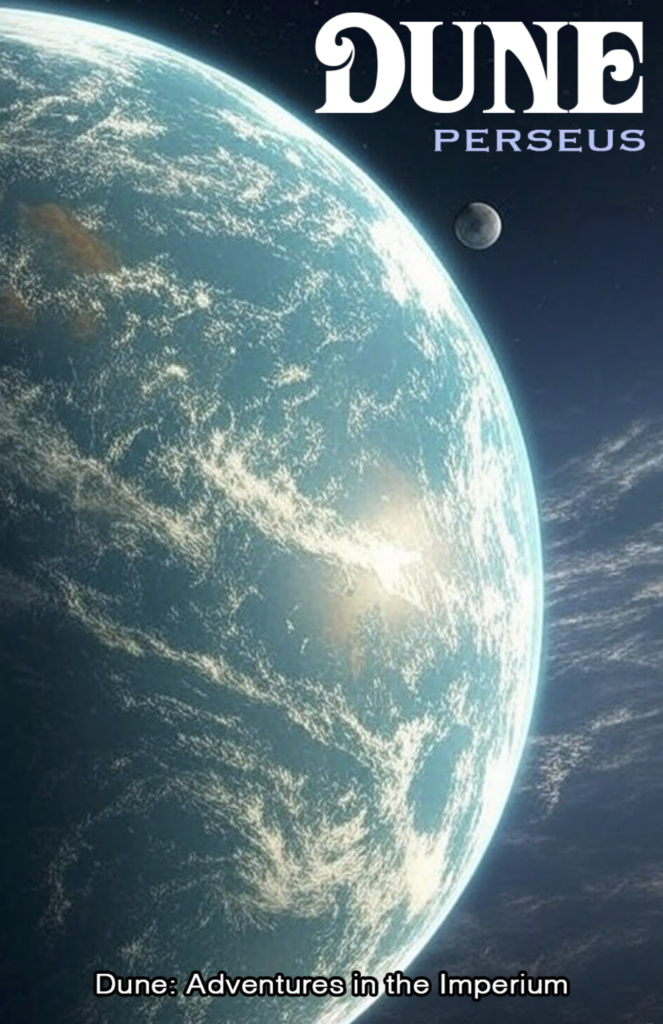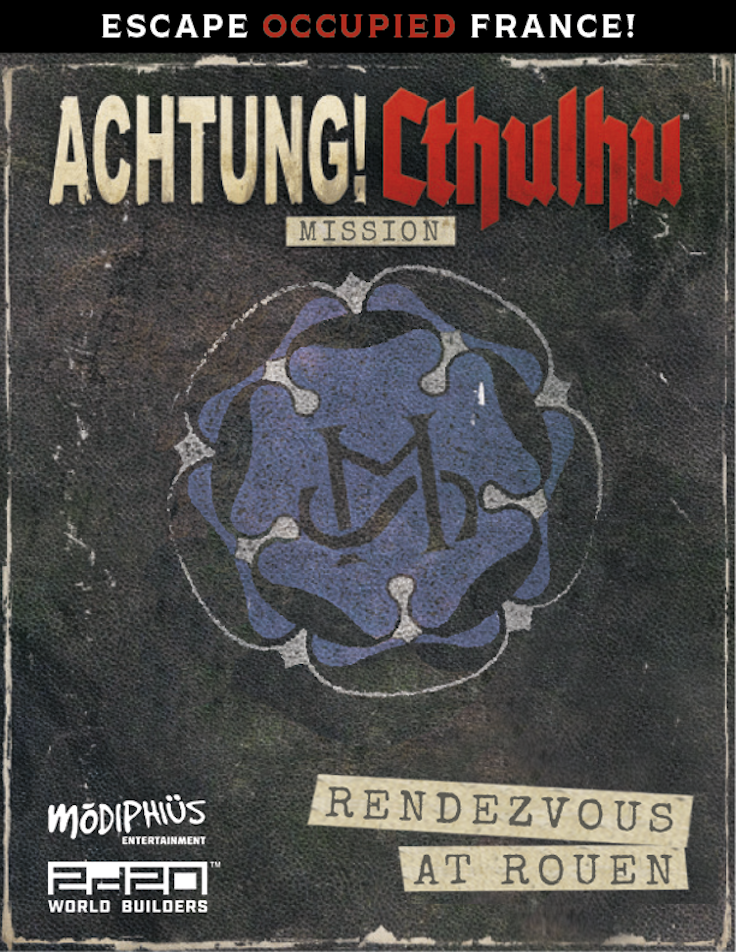My 2d20 project for Modiphius’ World Builders community program has been released to DriveThruRPG. While not my first publication with Modiphius, it is my first through their World Builders community program. Rendezvous at Rouen for the Achtung! Cthulhu game line is a Section M mission set in France right after the surrender to Germany in June, 1940. It’s a sequel to the Quickstart adventure A Quick Trip to France.
My original goal was to release it on September 30th in time for Roll20’s “The Next Adventure” program. An unexpected event got in the way of that schedule: Hurricane Helene. The storm ravaged western North Carolina where I happened to be. Thankfully, (and by the grace of God), I came through it unscathed, but my heart goes out to those lives that were lost and the families impacted by the devastation of the storm. I had been through hurricanes before, but never in the mountains. I now have first hand understanding of flash floods and mudslides, along with a healthy respect for the convergence of moving water and terrain.
With more time to complete the project I decided to add some details, do a little more research into the city of Rouen and its history and put more effort into the maps. These extras I think were worth it pushing the final page count to 32 from my original target of 15 pages.
For those of you who are thinking about writing your own World Builders content, I thought it useful to give you an idea of the effort it took to produce this mission. I used tools that parallel Modiphius’ process and added extra time in for activities like layout and proofreading. Most of the art in the game is provided by Modiphius as part of the World Builders program. Art is one of the sticking points for tabletop RPG design. Unless you are a gifted artist, commissioning artwork is prohibitively expensive and no AI is permitted in the program. Thankfully, Modiphius gives its World Builders community access to an art pack for use in development. I took advantage of this everywhere I could in the manuscript with only a couple custom pieces I created that portray the relics of Saint Vitalis that the player characters acquire during the game.
With that, here is the rough breakdown of time spent in the various major areas and the tools used to accomplish the tasks.
Project start: 9/18/2024
Principal writing: 9/18 to 10/20, 32 writing days.
Tool: Scrivener
Word Count: 11,101 (Final Draft)
Map design: 10/21 to 10/27
Tool: Inkarnate
Maps Created: Rouen city, Rouen Cathedral, Grotto of Anguish, Hidden Cavern
Layout, editing and formatting: 10/28 to 11/4
Tools: Adobe InDesign and Photoshop, utilizes the World Builders template
Upload to DTRPG: 11/5
Tools: DTRPG submission tool and editor
That’s about 48 days total time to go from an outline to the finished product. To give you a sense of where it started, here’s the original outline idea:
Rescue from Rouen
Scene 1
Sneaking into center city
Contact with underground
Scene 2
Entering the cathedral
Finding the crypt
Scene 3
Opening the door to the catacombs
Chase through the catacombs
Scene 4
Rendezvous with the boat
Escape the monster of the Seine
Note that the original working title was “Rescue from Rouen”. While the creation process was taking place, “Rescue” changed to “Rendezvous”; better with the French theme; then “from” changed naturally to “at”. Looking back on this first outline, I was impressed that not much changed from the scene flow other than one minor detail: there is no door to the catacombs.
For how much is packed into this short four scene mission, that wasn’t a bad total project time. I was happy with the effort and it was fun to do. Given that this adventure is meant to complement and conclude the original Quickstart adventure, I wanted to keep the price modest and accessible for players. You really get your monies worth on this from a time and page count perspective, but I’d rather have this in the hands of players who are excited about Achtung! Cthulhu and want to explore a bit more before diving all the way in.
This was a fun adventure to craft. The research in and of itself was a pleasure. I know more about Rouen and its cathedral than I ever did. I hope this is an enjoyable mission for both the gamemaster and players!


